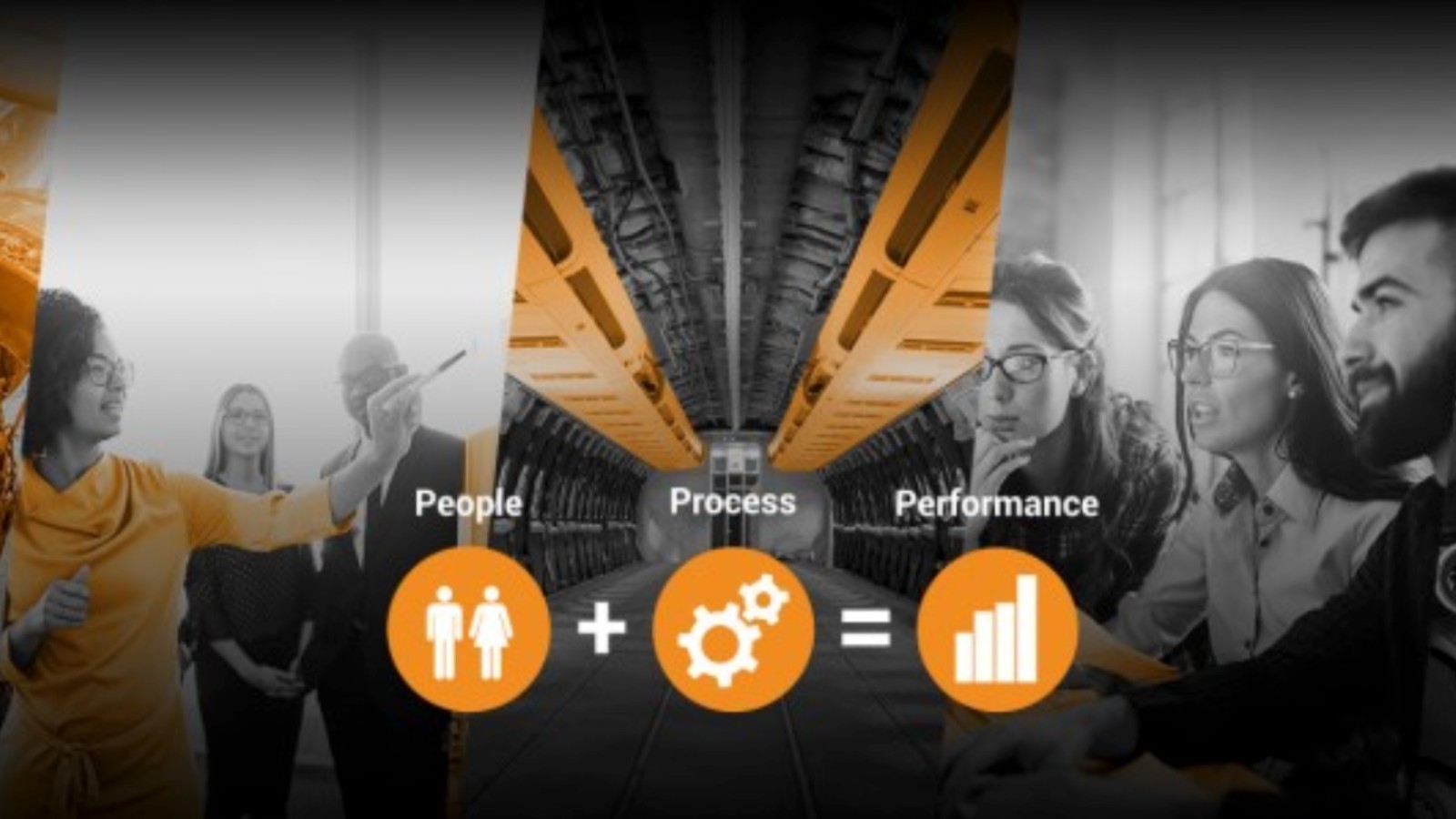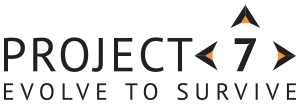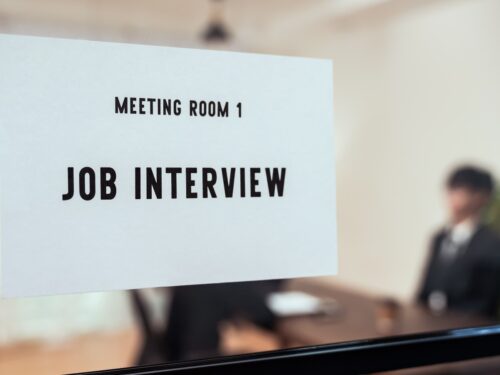
Relocating or expanding a manufacturing facility is a complex, capital-intensive endeavour that can either enhance operational efficiency or lock-in costly inefficiencies. By embedding operational excellence principles, particularly those drawn from Lean methodologies into factory moves you will unlock strategic opportunities to improve productivity, reduce waste, and build a sustainable culture of continuous improvement.
In our almost 20 years-experience, we have often been called into established manufacturing plants to unlock new potential due to sometimes decades old poor design. This article explores the advantages of building operational excellence into factory moves from the outset in order that you can maximise throughput and profitability from day one.
Preventing In-Built Inefficiencies Through Lean Principles
A factory relocation or expansion involves critical phases, including design, layout planning, equipment selection, workforce training and design of standard operating procedures. Each of these stages offers an opportunity to embed operational excellence through Lean thinking. Here we will expand on each of those phases and show you how to avoid built-in inefficiency.
Lean Thinking in Layout Design
A core element of Lean manufacturing is the focus on optimising flow—whether it’s materials, information, or people. During a factory move, using Lean principles to design the plant layout is critical. Our experience shows that factories that don’t integrate Lean thinking often suffer from:
- Excessive transportation between workstations.
- Overproduction due to poor material handling.
- Long lead times because of inefficient process flows.
- Extra cost when leadership realise, they have poor flow and ‘bottlenecks’ and have to shut the plant down for a costly re-engineering exercise.
- Excess Work In Progress when isolated workstations are only focused on their individual output rather than the entire process output.
- Poor Customer Relationships when the supply chain is interrupted causing them to look for future multiple suppliers rather than building on their relationship with you.
By applying Lean tools such as Value Stream Mapping (VSM) and Bottleneck Analysis before the move, you will identify and eliminate non-value-added activities, ensuring that the new facility promotes a smooth and balanced flow of work. Strategic positioning of machinery and workstations, designed to minimise unnecessary movement and queues, will significantly boost your plant efficiency from Day 1.
Cultural Integration: A Foundation for Sustained Improvement
A successful factory move isn’t just about relocating physical assets; it requires a parallel investment in cultural transformation. The Project7 Consultancy 3P model (focuses on People + Process = Performance. We have repeatedly shown how investing in these three essential threads will maximise your relocation or workflow optimisation and sustain your business success. These three also build a culture of continuous improvement (Kaizen), which emphasises the importance of culture in sustaining operational excellence.
Establishing a Lean Culture Early
Culture change must be a strategic priority well before the physical relocation or re-organisation occurs. Involving employees from the beginning whilst nurturing psychological safety and emotional intelligence, fosters engagement, ownership and embeds a mindset of continuous improvement. Early buy-in from an engaged workforce allows teams to identify operational pain points and contribute to solutions. This is especially important in avoiding the reintroduction of inefficient practices post move. As a bonus, engagement and ownership foster sustainment, which is essential for you new plant.
- Kaizen mindset: Encourage employees to actively participate in continuous improvement initiatives and problem solving throughout the move.
- Leadership by example: Leadership needs to embody and model Lean principles and set expectations for continuous improvement and operational excellence.
Embedding a culture of operational excellence pre-move leads to sustained efficiency gains post-move. Without this cultural groundwork, companies risk the common pitfall of installing efficient systems without the commitment or discipline from the work force to sustain them.

The P7 Way: A Blueprint for Long-Term Success
The Toyota Way has long been recognised as a gold standard for operational excellence. However, the reason it worked so well for Toyota is that it was built into their culture and their way of working. For your business to have an effective Lean continuous improvement culture that works for you, you need a process that takes the tools of Lean and adapts them to your culture and your way of working. That is where the Project7, 3P model comes into its own, and why its success has been replicated across industry. The 3P model is rooted in long-term thinking, problem-solving, and respect for people and offers invaluable guidance for companies undertaking factory moves.
Long-Term Thinking Over Short-Term Gains
The Project7 3P model encourages a focus on the long term. In the context of a factory move, this mindset ensures that immediate cost-saving decisions (e.g., opting for cheaper machinery or cutting corners in layout planning) do not compromise long term operational efficiency.
Investing in Lean technology, automating waste-reducing processes, and fostering a culture of problem-solving might incur upfront costs, but they pay dividends over time. The 3P model’s emphasis on long-term success ensures that even after the move, the company is well-positioned to adapt and improve its processes continuously.
Problem-Solving and Root Cause Analysis
A core aspect of the Project7 3P model is its emphasis on problem-solving through root cause analysis in participative action teams. Integrating this approach during a factory move allows teams to address potential systemic inefficiencies before they become embedded in the new facility.
For example, when deciding on the placement of machinery or the layout of workstations, asking “Why?” repeatedly, with those who will have to own the process, can reveal deeper insights into workflow inefficiencies, ensuring that decisions are made with operational excellence in mind. Solving these issues at the planning stage is far more cost-effective than addressing them after the factory is operational.
Key Operational Excellence Tools to Apply in Factory Moves
Several Lean tools and practices are particularly relevant to factory moves. When applied from the outset, they help ensure that operational excellence is built into the new facility:
- Value Stream Mapping (VSM): Visualises the entire process, identifying waste, and non-value-adding activities.
- Workplace Organisation (5S): Organises the workspace for efficiency by ensuring a clean, organised, and safe environment, minimising wasted time searching for tools and materials.
- Kanban and Just-in-Time (JIT): Ensures materials and parts are available at the point of need whilst reducing inventory costs and preventing overproduction.
- Standard Work: Ensures that the best practices and processes are standardised, reducing variation and ensuring consistency in output.
- Process Conformation: Ensures that the agreed processes are being maintained to ensure variation is not being reintroduced.
By using these and other Lean tools during the planning and implementation phases of a factory move, manufacturers can significantly reduce inefficiencies and set the foundation for operational excellence in the new facility from day 1, rather than having to reengineer them at a later date.
Conclusion
Factory relocations or expansions represent a pivotal moment in a company’s journey. By embedding operational excellence and Lean principles into the move from the outset, manufacturers can avoid the common pitfalls that we so often see when called into to re-engineer a struggling or failing plant, factory, or shop floor workflow. Drawing on the Project7 3P Model way of long-term thinking, problem-solving ethos, and cultural emphasis, organisations can create an environment where continuous improvement thrives.
In doing so, we find that businesses not only avoid in-built inefficiencies but also position themselves for sustained growth and success in an increasingly competitive market. The journey to operational excellence should begin long before the first machine is installed—by embedding these principles we discuss above into every decision, companies can ensure that their new facility is a model of efficiency, adaptability, and performance.
For more information on how similar strategies can benefit your organisation, feel free to reach out to us.



